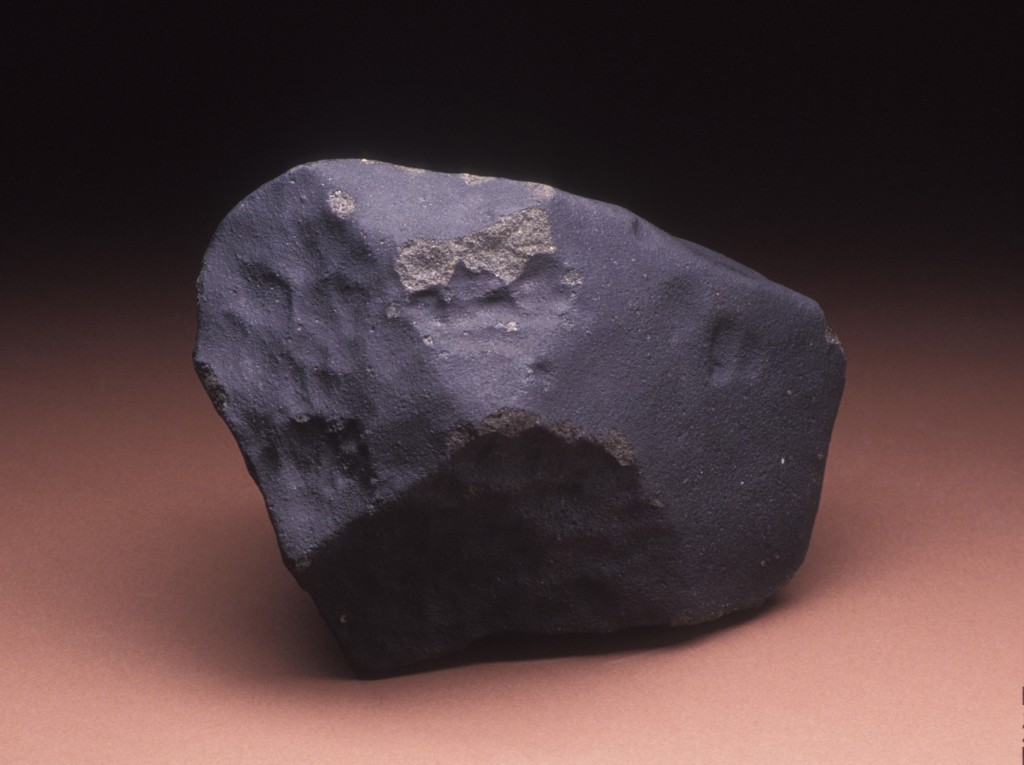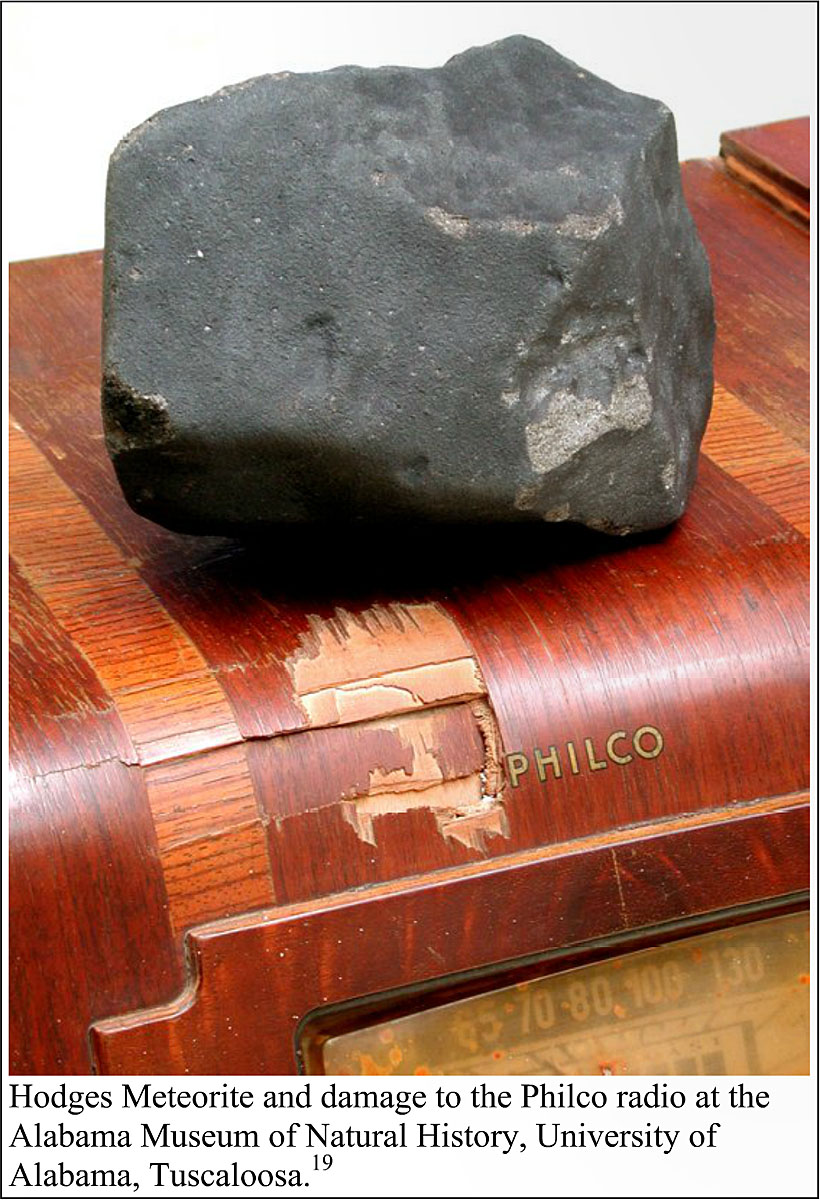

The few that do are usually made primarily of metals. Most meteors vaporize in the atmosphere, creating “shooting stars,” and never reach the ground. The meteorite that struck Ann Hodges is housed at University of Alabama’s Alabama Museum of Natural History theboxofoddities podcast true history. The astronomers analyzed the object and concluded that it was indeed an object from space, according to The Telegraph. “When he hit me, he threw me into the air and then kept going fast enough to bury himself in the road,” Gerrit Blank said in a newspaper article. Such is the case of a 14-year-old German boy who was struck on the hand by a pea-sized meteor that scared him and scared him.

Over time, it emerged that the 3-pound meteorite that had struck Ann was actually the larger half of a larger meteorite that broke apart just before impacting Earth.Īnn Hodges holding the meteor that struck her in 1954.Īlthough Ann Hodges’s has been the only confirmed case, other people have claimed to have been struck by meteorites. Others reported seeing “a ball of fire” and hearing a tremendous explosion, followed by a brown cloud. After all, it was me he hit!” She stated, according to testimonies kept by the Alabama Museum of Natural History.Īccording to the BBC, Elizabeth Hodges ended up admitted to a clinic, and at only 52 years old she died of kidney failure, in 1972.Īccording to testimonies kept by the Alabama Museum of Natural History, before hitting Ann Hodges, dozens of people claimed to have seen “a bright reddish light like a roman candle leaving smoke” above the sky, Her name was Ann Hodges and she went down in history for starring in the only officially recorded case of someone being struck by a meteorite. She was convinced that the meteorite belonged to her. The woman, who was 34 years old, managed to survive but the incident caused her psychological consequences. The asteroid broke through the floors of several rooms and struck a radio, then ricocheted and struck Ann Elizabeth Hodges, who was sleeping on a sofa at the time, in the abdomen. and pierced the roof of a wooden house located in the town of Oak Grove, Alabama, United States. Splitting into three pieces on entry, the fragment that struck Ann Hodges is now known as the Hodges Fragment, and is still on display at the Alabama Museum of Natural History. The meteorite would come to be known as the Sylacauga meteorite. On that occasion, a fragment of the Sylacauga meteorite entered the Earth’s atmosphere at 2:46 p.m. Ann and Eugene got divorced in 1964, and Ann passed away in 1972 from kidney failure. The first event of this type of which there is an official record occurred on November 30, 1954. Perhaps there is something more improbable than earthquakes of great magnitude on the same date and the same city on three different occasions and that is that a meteorite hit a human being however, it also happened, at least twice. Her name was Ann Hodges and she went down in history for starring in the only officially recorded case of someone being struck by a meteorite.


 0 kommentar(er)
0 kommentar(er)
